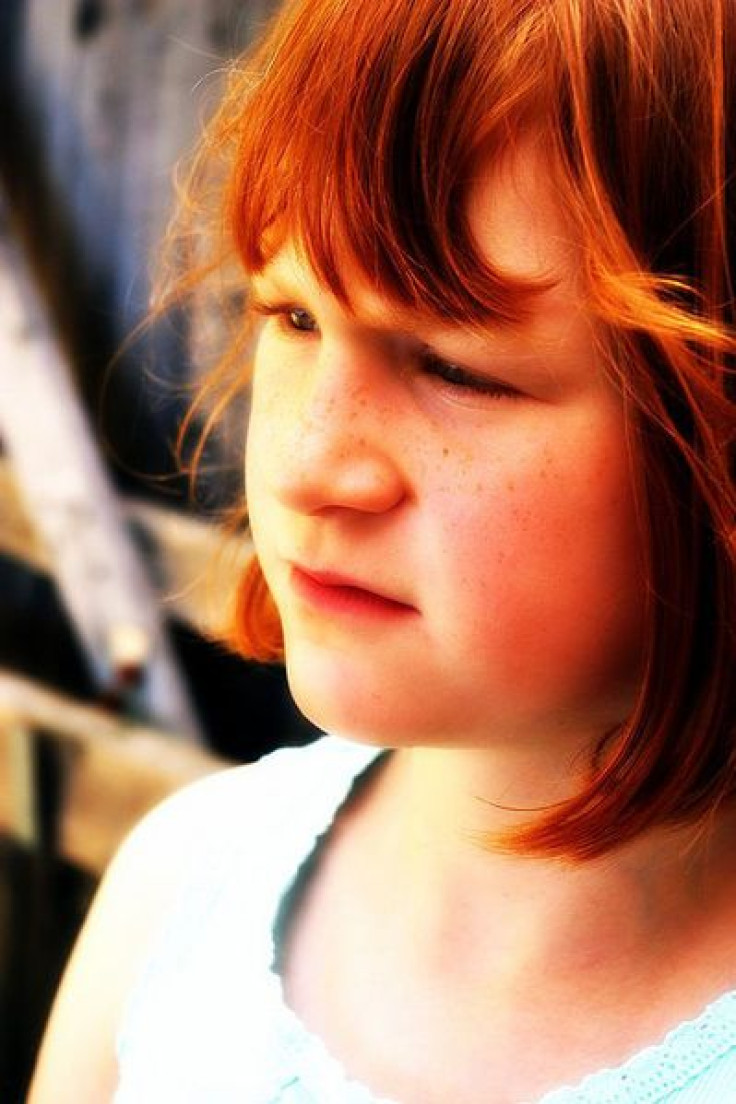Autistic Children Appear Less Friendly To Peers: Could Poor Facial Expressivity Lead To Being Bullied?

Autistic children appear less friendly to typically developing children in just a 30-second encounter, according to a recent study.
Children with autism generally suffer from qualitative impairments such as difficulty forming facial expressions that consist of emotion during social interactions. This difficulty may stem from a lack of motivation to express positive emotion to others. It could also be the result of physiological problems that make it physically difficult to create these expressions due to damage to areas of the brain that control facial nerve, according to Autism Speaks.
With an increasing amount of autistic children being integrated into regular schools, U.K. researchers sought to investigate if typically developing children (TD) formed less positive impressions of their counterparts even before they were confronted with autism spectrum disorder (ASD) behavioral problems.
Lead author Dr. Steven Stagg of Anglia Ruskin University and his team of researchers asked 44 11-year-old school children to view silent videos of TD 11-year-olds as well as videos of children with autism who were of a similar age. The TD children were asked to rate the peers they saw in the video, but they were unaware that some of the children they were viewing were autistic.
The TD children rated their peers based on the following measures: trustworthiness, kindness, competence, attractiveness, and the rater's desirability to play with and befriend the actors.
Overall, autistic children were found to be rated lower on nearly all measures as they were seen less trustworthy than typically developing children. These negative impressions were formed after just a 30-second encounter.
The matter of seconds it took peers to form first impressions did not surprise the researchers. "We were working from research that had shown people form impression of others in a matter of seconds (5 seconds or less) so we were confident that 30 seconds would be enough for an initial impression to form," Dr. Stagg told Medical Daily.
The findings do highlight the challenges that autistic children face when it comes to forming friendships with TD children, especially since other children may view them as less favorable immediately. Based on previous work, Stagg has found a strong correlation between facial expressivity in children with autism and the number of friends they have. He has found that the more facially expressive the child is, the more friends he or she is likely to have.
Autistic children are seen to be susceptible to bullying when their facial expressivity produces a negative first impression among their peers. According to findings released last year from an Interactive Autism Network survey of about 1,200 parents in the U.S., 63 percent of children with autism have been bullied. A large portion of autistic children attend regular schools but often suffer because they require different teaching styles. Some schools lack adequate resources and cannot meet the needs of an ASD student, which causes the child to drop out after grade 4 or 5 in the U.S.
As a way to effectively integrate TD and ASD children in the classroom, Stagg believes schools in the U.K. and overseas should allow children to explore differences and be aware of their own negative responses to these differences. “I am sure this would help children become more accepting of their peers with autism,” he said to Medical Daily.
Stagg says four one-hour drama therapy sessions could be helpful when a child with autism is introduced into the class. This form of therapy helps ASD children interact with the world physically through singing, rhythm, and music as they get to engage in different relationship experiences that can facilitate their social interactions.
"Society places emphasis on the child with autism needing to change, through learning facial expressions and becoming more aware of their own facial expressivity, but I feel that this is a very hard task, and it would be more profitable if we also changed the attitudes of typically developing children,” Stagg told Medical Daily.
Currently in the U.S., one in 88 children has an autism diagnosis, according to Autism Speaks.



























